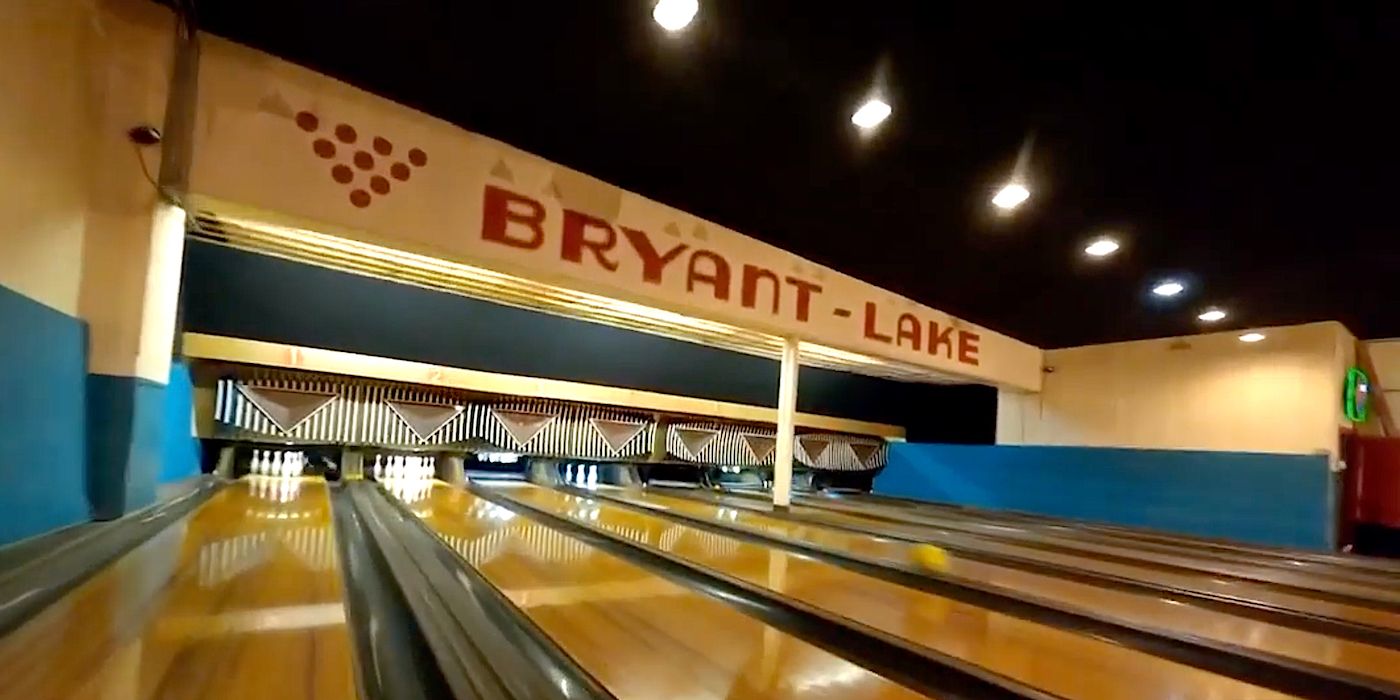It's a Birdman, it's a plane, it's a drone that shot an incredible single-take video which is now trending on Twitter! With the growing popular availability of drones, filmmakers are turning to the flying robots to film scenes from an aerial perspective. An increasing number of films have experimented with single and long takes, both real and fake, as new camera technology and visual effects make ever-greater acts of movie magic possible.
The style dates back as early as 1948 with Alfred Hitchcock's Rope, which strung together 10-minute takes but was limited by 35mm camera technology. Since then, critically acclaimed films including Birdman, Blindspot, and Timecode have all employed the gimmick in some capacity. Most recently, Sam Mendes' World War I movie, 1917, garnered attention for cinematographer Roger Deakins' use of the techniques to make the movie look like it was filmed in just two shots. In reality, Mendes and Deakins combined precise staging and editing of multiple takes to achieve the effect. The impressive result won the movie Oscars for Best Cinematography and Visual Effects.
Lee Trott shared "Right Up Our Alley," a dynamic, minute-and-a-half-long video, on Twitter this morning, which is now trending among tech hobbyists and amateur filmmakers on the site. The video was first posted on Instagram by Jay Christensen, a.k.a. @jaybyrdfilms, a Minneapolis-based aerial cinematographer for the production company, Rally Studios. Christensen also works for Sky Candy Studios, the company that provides aerial cinematography using drone technology. Rally co-founder, Anthony Jaska, directed the scene and the actors (as opposed to real people) in it. You can watch the video here—full screen is recommended for an ideal viewing experience:
The video was shot by an FPV (first-person view) drone that takes the viewer through a tour of a bowling alley, achieving an effect reminiscent of an IMAX movie or proto-VR Regal Cinemas roller coaster ride. The comments on Twitter largely revolve around figuring out how the video was shot and determining whether or not it's "fake" based on visual clues. Eagle-eyed viewers have pointed to (what they believe are) unrealistically tight spaces, lack of shadows, and sound quality as evidence that the shot is somehow falsely edited. Regardless of the amount of editing that went into the video, the overall effect is impressive all the same.
Most "single-take" films use some amount of editing to create the appearance that they were filmed in one continuous shot. In those cases, the fact that the directors and videographers successfully pulled off the illusion is an impressive feat of filmmaking in its own right. The video in question here is, of course, much shorter, and its implied purpose is to demonstrate the studio's ability to deftly use drone technology to obtain cool-looking footage. Sky Candy Studios' entire operation is dedicated to piloting the teeny airborne lenses, so if anyone can fit a drone through an air vent, it's probably these guys.
Source: Lee Trott

